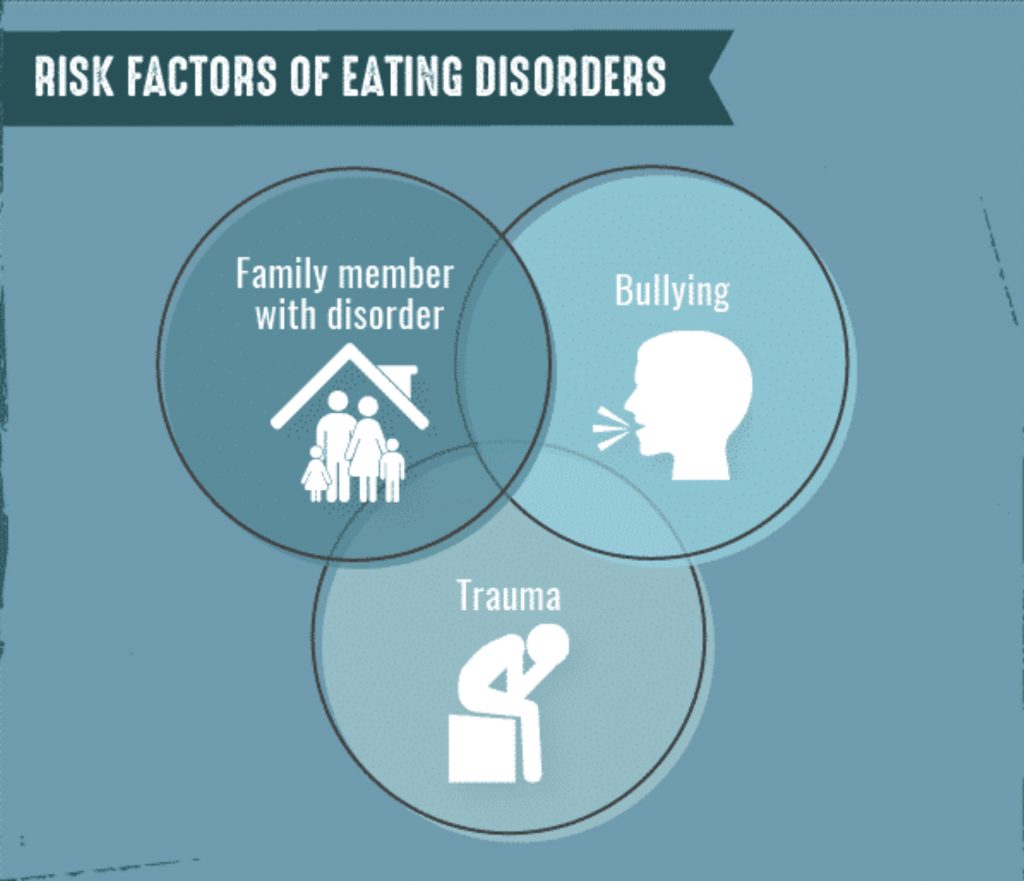Some Of Decoding Body Language: Understanding the Meaning Behind Different Gestures

Deciphering Body Language: Understanding the Meaning Behind Various Gestures
Body system language plays a crucial function in our day-to-day interactions. Whether we realize it or not, the way we carry ourselves and the actions we use can impart a riches of information to those around us. Understanding the meaning responsible for different motions may considerably enrich our communication capabilities and enable us to better translate the goals and emotions of others.
1. Face Expressions:
Facial expressions are one of the most necessary elements of body system foreign language. The individual face has actually an astonishing potential to impart emotions and thoughts without completing a singular phrase. For example, a smile commonly represents contentment or kindness, while raised brows might signify surprise or complication. By spending interest to someone's facial articulations, we may gain useful insights in to their state of mind.
2. Eye Contact:
Eye call is yet another effective type of nonverbal communication that may show a person's degree of confidence, interest, or also deceptiveness. Sustained eye call frequently suggests attentiveness and involvement in a chat, while steering clear of eye call may suggest shyness or discomfort. However, it is crucial to note that social variations may influence eye get in touch with norms, so it is essential to consider cultural circumstance when interpreting this action.
3. Hand Gestures:
Hand gestures are frequently made use of to highlight certain factors throughout conversations but can easily likewise deliver additional relevant information beyond phrases alone. For instance, clenched firsts could signify temper or aggravation, whereas open palms typically signify visibility and reliability. Look At This Piece is critical to monitor hand actions in combination with various other physical body language cues for accurate analysis.
4. Posture:

Stance recommends to how we store ourselves when standing or sitting. A slouched position normally represents low energy amounts or uninterest, while an stand-up stance imparts peace of mind and consideration. Additionally, moved across arms may indicate defensiveness or resistance in the direction of others' concepts.
5. Contact:
Contact is a strong form of nonverbal interaction that can imply several emotions and intentions. A friendly tap on the spine or a warm and comfortable handshake commonly conveys depend on and connection, while an threatening or powerful touch may suggest dominance or animosity. Private perimeters and cultural norms must constantly be taken in to account when interpreting touch as body system foreign language.
6. Mirroring:
Matching is a sensation where people intuitively replicate the gestures, postures, and also speech designs of those they feel connected to or like. It is a means of construction connection and establishing a feeling of similarity between two people. By noting whether someone exemplifies our very own body foreign language, we can easily determine their amount of comfort and passion in our presence.
7. Microexpressions:
Microexpressions are short lived facial articulations that occur within nanoseconds and often uncover accurate emotional states that people may be making an effort to cover. These subtle cues may give us ideas into someone's correct emotions, whether it be happiness, anger, worry, or unhappiness. Identifying microexpressions calls for careful observation but can give beneficial relevant information regarding a person's rooting emotions.
In verdict, understanding the meaning responsible for various gestures is vital for successful interaction and interpersonal relationships. By paying interest to face articulations, eye call, palm actions, stance, contact, matching, and microexpressions, we can easily acquire important insights right into people's notions and emotional states. However, it is essential to remember that nonverbal cues need to not be taken in seclusion but instead considered in conjunction with spoken interaction and cultural situation for accurate analysis. Creating this skill takes technique but can greatly improve our capability to connect with others on a deeper degree.
